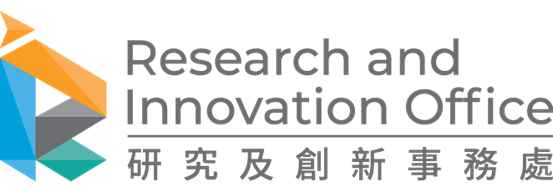In the recent decade of materials science, hybrid organic-inorganic materials have emerged as a transformative class, blending organic and inorganic components at the molecular level. Leading this scientific research, Prof. Tom Tao Wu, Chair Professor of Frontier Materials of the Department of Applied Physics at The Hong Kong Polytechnic University (PolyU), has delved into the distinctive advantages and diverse applications of hybrid organic-inorganic materials across various sectors.
These materials offer a vast chemical space to navigate, allowing tailored hybrid materials composed of elements across a wide range of the periodic table with rich structures and dimensionalities. They also transcend conventional boundaries of material design by integrating weak bonds like van der Waals, electrostatic, and hydrogen bonds, resulting in properties that exceed those of individual components.
Leveraging the unprecedented versatility of hybrid materials, Prof. Wu's work focuses on the materials discovery and precise control over building block compositions. His team has strived to fine-tune the properties of hybrid materials for specific applications with extraordinary precision and performance, ensuring scalability and accessibility.
In optoelectronics, Prof. Wu's efforts on hybrid perovskite materials have made significant breakthroughs and garnered lots of attention, making him one of the Clarivate Highly Cited Researchers.
Hybrid materials offer compelling advantages over traditional technologies, including remarkable efficiency gains, low-cost solution processability, tunable bandgap, high absorption coefficient, defect tolerance, and ambipolar transport capabilities.
These advantages collectively highlight the transformative potential of hybrid perovskites, particularly in reshaping the solar energy landscape. Despite the obstacles related to stability, durability, and manufacturing intricacies, the high annual growth rate underscores the immense promise of perovskite-based technologies.
Prof. Wu's research extends beyond optoelectronics into diverse fields like data storage, catalysis, and sensors. By blending organic and inorganic components at the atomic level, hybrid materials offer unlimited tunability and functionalities surpassing traditional materials.
His team explores the vast chemical space of hybrids, uncovering unknown compositions and structures using innovative methods like high-throughput calculations, machine learning, and epitaxial growth. Another direction entails discovering facile methods to synthesize nanoscale low-dimension hybrid materials and pursuing their physical properties and device performance to enable disruptive electronic and energy technologies.



